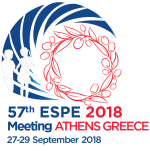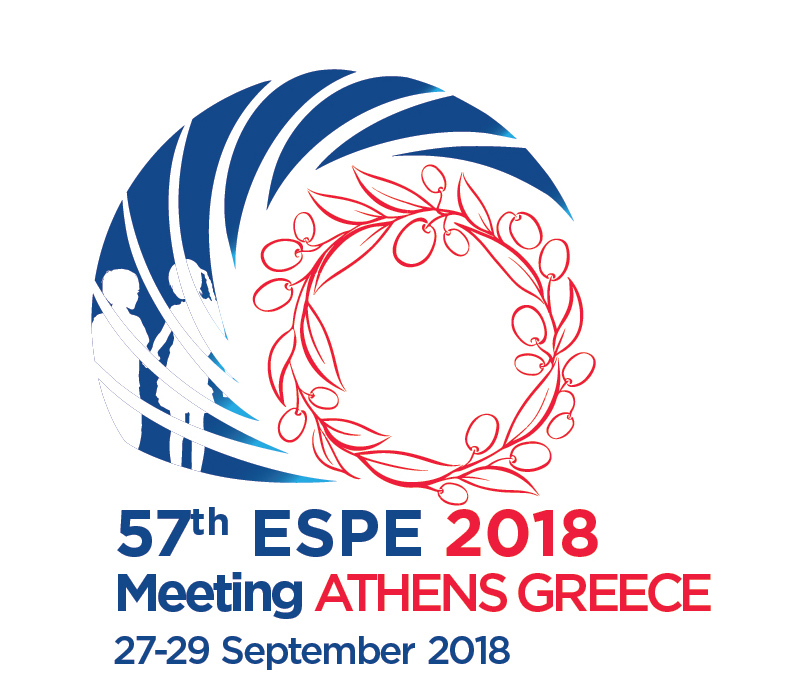
57th Annual ESPE
Athens,
Greece
27 Sep 2018 - 29 Sep 2018

Free Communications
Adrenals & HPA Axis
hrp0089fc1.1 | Adrenals & HPA Axis | ESPE2018
A Novel Non-invasive Short Synacthen Test Validated in a Healthy Paediatric Population
Elder Charlotte , Vilela Ruben , Johnson Trevor , Kemp E Helen , Keevil Brian , Newell-Price John , Ross Richard , Wright Neil
hrp0089fc1.2 | Adrenals & HPA Axis | ESPE2018
Long-term Effects of Prenatal Dexamethasone Treatment and Postnatal Glucocorticoid Treatment on Brain Structure in the Context of CAH
Westeinde Annelies van't , Karlsson Leif , Sandberg Malin , Nordenstrom Anna , Paddila Nelly , Lajic Svetlana
hrp0089fc1.3 | Adrenals & HPA Axis | ESPE2018
Targetting the Binding of ACTH to the Melanocortin Receptor by Structure Modeling and Design of Peptide antagonists to Block Excess Androgens in 21-hydroxylase Deficiency
Parween Shaheena , Fluck Christa E , Pandey Amit V
hrp0089fc1.4 | Adrenals & HPA Axis | ESPE2018
Whole Exome Sequencing in Patients with Primary Generalized Glucocorticoid Resistance Identifies a Novel TRIM28 Gene Mutation (p.R230X)
Sertedaki Amalia , Marinakis Nikos , Nicolaides Nicolas C. , Crousos George , Charmandari Evangelia
hrp0089fc1.5 | Adrenals & HPA Axis | ESPE2018
Untargeted Plasma Metabolomics in Subjects with Differences in Tissue Glucocorticoid Sensitivity Identifies a Novel metabolic Signature
Nicolaides Nicolas C. , Ioannidi Maria-Konstantina , Koniari Eleni , Sertedaki Amalia , Klapa Maria I. , Chrousos George P. , Charmandari Evangelia
hrp0089fc1.6 | Adrenals & HPA Axis | ESPE2018
A Novel Stem Cell Model for the Triple A Syndrome
Da Costa Alexandra Rodrigues , Qarin Shamma , Bradshaw Teisha Y. , Watson David , Prasad Rathi , Barnes Michael R. , Metherell Louise A. , Chapple J. Paul , Skarnes William C. , Storr Helen L.



